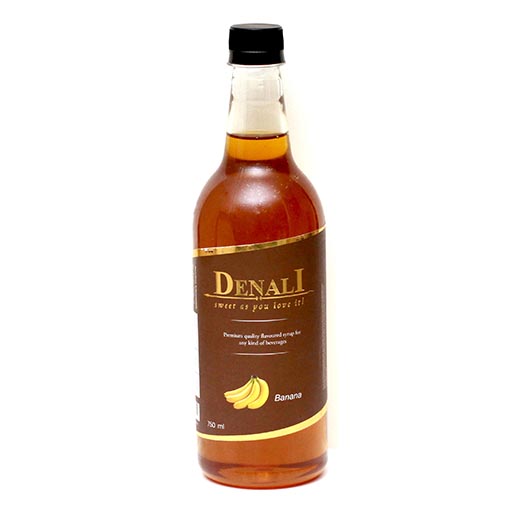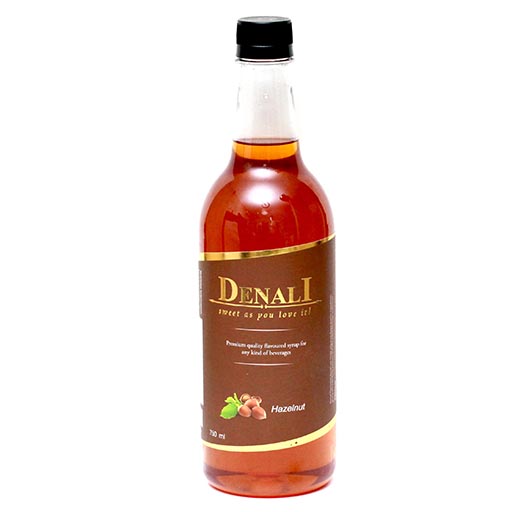
DENALI Banana Syrup
Origin :
Farmers in Southeast Asia and Papua New Guinea first domesticated bananas. Recent archaeological and palaeo environmental evidence at Kuk Swamp in the Western Highlands Province of Papua New Guinea suggests that banana cultivation there goes back to at least 5000BCE, and possibly to 8000 BCE. It is likely that other species were later and independently domesticated elsewhere in Southeast Asia. Southeast Asia is the region of primary diversity of the banana. Areas of secondary diversity are found in Africa, indicating a long history of banana cultivation in the region.
The banana may also have been present in isolated locations elsewhere in the Middle East on the eve of Islam. The spread of Islam was followed by far-reaching diffusion. There are numerous references to it in Islamic texts (such as poems and hadiths) beginning in the 9th century. By the 10th century the banana appears in texts from Palestine and Egypt. From there it diffused into North Africa and Muslim Iberia. During the medieval ages, bananas from Granada were considered among the best in the Arab world. In 650, Islamic conquerors brought the banana to Palestine. Today, banana consumption increases significantly in Islamic countries during Ramadan, the month of daylight fasting.
Colour :
Gold.
Tasting notes :
Ripe Banana Fruit Flavour with the sweet and bitter taste.
Applications :
- Cocktails
- Sodas
- Smoothies
- Lemonades
- Fruit punches
- Teas













